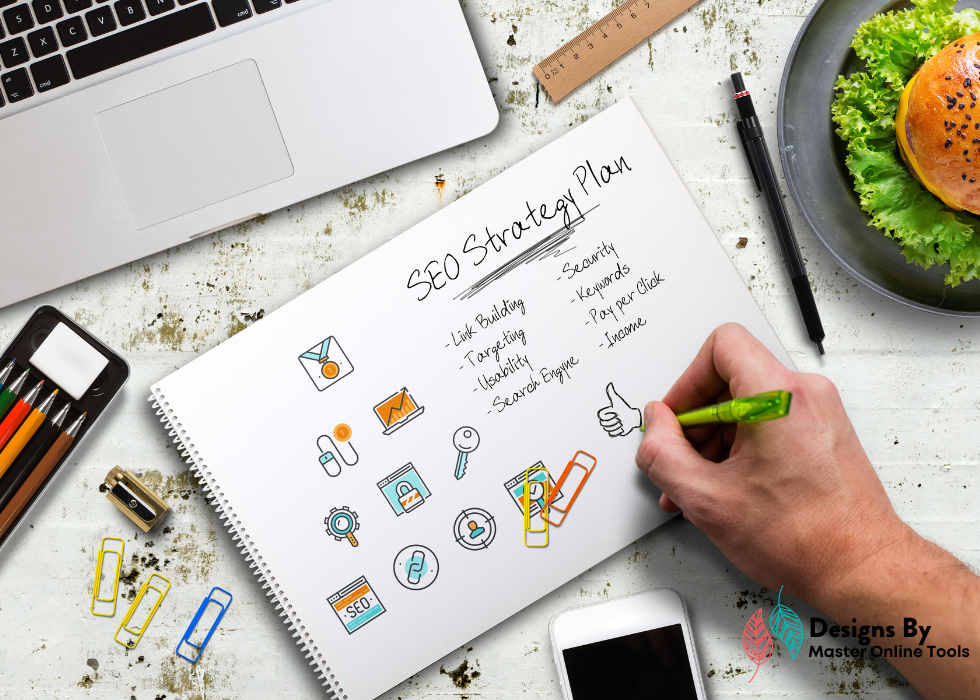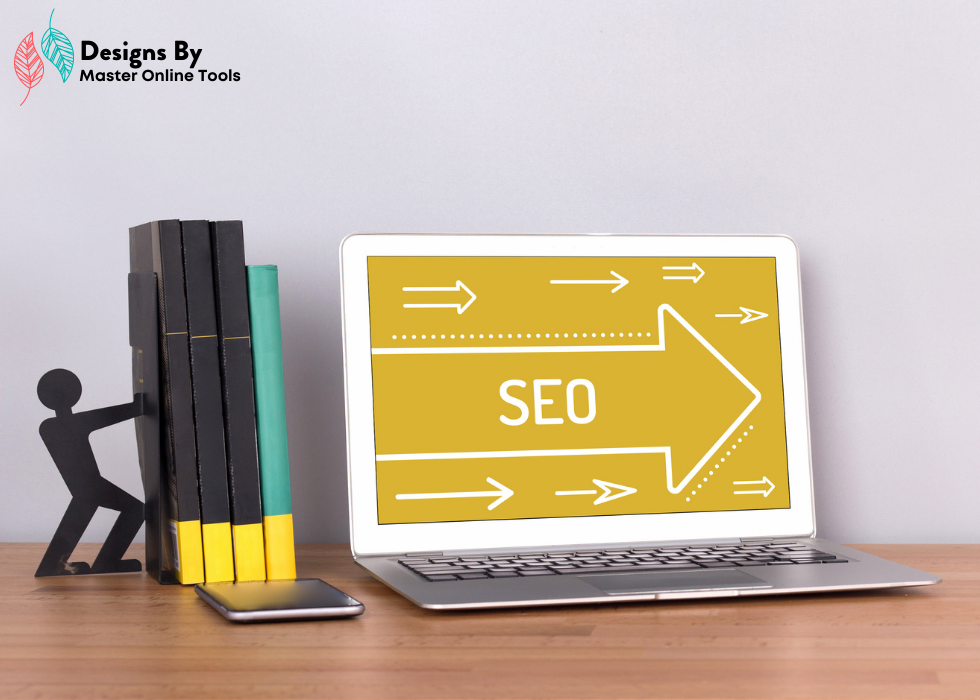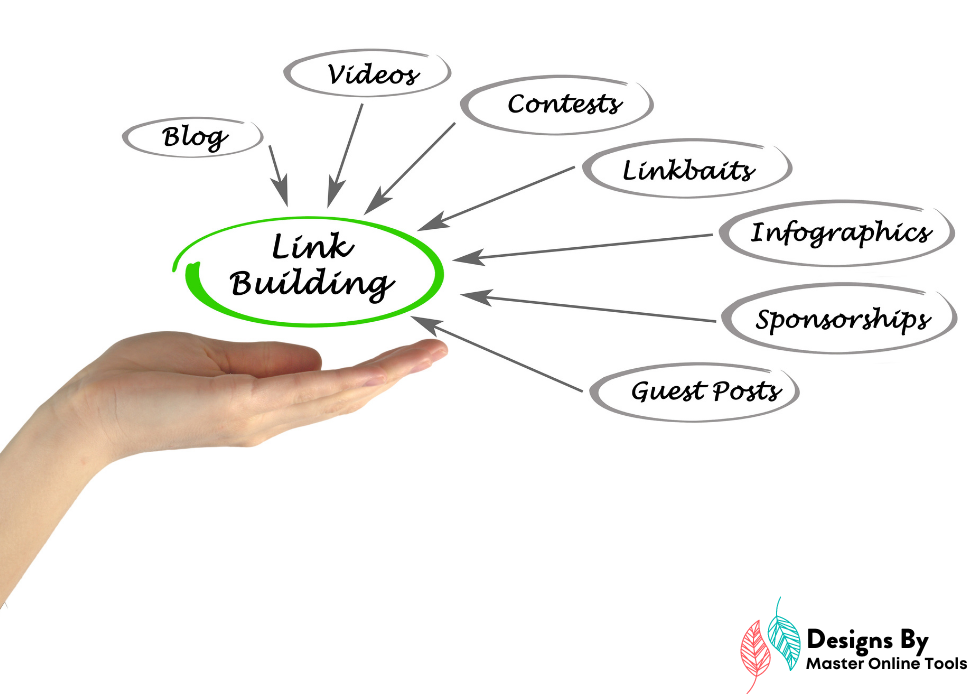
The Ultimate Guide To SEO Optimization For WordPress Websites
Getting your website at the top of the search engine results page (SERP) is something you can do if you spend a little time on SEO. You must invest some time to see the fantastic results. One of the problems people come across when focusing on SEO optimization is the time it takes to see results. People expect their efforts to be rewarded immediately. However, SEO optimization is a long game. As long as you accept the work you spend now will help you further down the line you won’t get discouraged!
What is SEO?
SEO (Search Engine Optimization) is the method of maximizing your website’s free, organic traffic by improving your ranking and usability in search engines like Google. Your content is more likely to show up close to the SERP for specific queries that you have optimized.
Importance of SEO Optimization
When you optimize your WordPress website and its content, you’re more likely to reach people currently looking for information about your products and services. This is done organically, implying that you don’t pay Google or any other search engine to position your content at the top of the search result.
Generating organic traffic is also helpful because your website and data are more probable to be more useful and credible for visitors. Anyone with a company and a website must seek to improve their SEO. It is a simple and easy way to boost traffic and visibility and your number of leads, conversion rates, and more.
7 Ways To Improve WordPress Website SEO
The following list gives you 7 ways to improve the SEO of your WordPress website dramatically. It will increase your targeted traffic and enhance your search engine authority to get more visitors.
1. Check your WordPress Visibility Settings
Verify your WordPress visibility settings. The software does have a setting that enables you to hide your site from search engines. This can be helpful when you create or restructure your site, and you don’t really want users to see your work going on.
This feature is present in your WordPress dashboard under “Settings” and “Reading.” Double-check that this function has not been mistakenly switched on or left on after you have completed your website. If this is the case, your SEO simply will not work.
2. Change Your Permalinks
Permalink is a permanent URL or a link to a particular post or page on your website. Permalinks clarify what your article or page is (in the URL on its own). This way visitors know what they’re going to click. You must modify your permalinks not just to enhance your customer experience but also to strengthen your SEO. Search engines identify permalinks to assess whether or not your site has answers to specific web searches.
To adjust your permalinks and include a perfect description of your information, go to your WordPress dashboard, open “Settings,” and then tap “Permalinks.” Finally, when you’re done, press “Save Changes.”
3. Use Tags and Categories For SEO Optimization
Tags and categories enable you to differentiate pages of your website into particular and wide-ranging groups, respectively. This helps improve your SEO as it enables search engines to recognize the website and the content that it includes.
4. Choose an SEO Plugin
WordPress plugins boost the effectiveness of your website by making improvements that are not conventional with the software. Thousands and thousands of plugins are accessible, many of which can help you in improving your SEO.
If you don’t know which plugin you would want to install on your website, you can browse the WordPress plugin library for choices that serve your business. We recommend using the YoastSEO plugin. It helps you by showing you how you can optimize your blog posts and website pages for search result ranks across many search engines.
5. Internal linking For SEO Optimization
You will need to significantly raise the authority of your site to improve your SEO. One of the primary ways search engines evaluate your website authority is how much you link internally to your blogs, pages, and other content. Make sure you write content that you can link to a different post or page on your website.
6. Image Optimization
You can optimize almost everything on your WordPress site, including your pictures. Use Image-Alt-Text to optimize images. Search engines follow Image-Alt-Text, which represents your pictures, to classify your website. It also decides whether or not your images have the info that users are searching for.
In the “Alt Text” section, you must fill your description. When you insert Image-Alt-Text and also have a description that is some words long, use dashes between words. This informs the search engines that you are trying to write multiple different phrases.
7. Nofollow external links
When you link internally, you are increasing your websites’ authority. When you externally link to content that you think your visitors can review or experience, you also help them gain authority.
The solution is the use of no-follow links. These links prevent spam content from appearing on your WordPress website. They also inhibit search engines from tracking those URLs to the sites you connect to on your website so that you can only improve the score and legitimacy of your own website.









